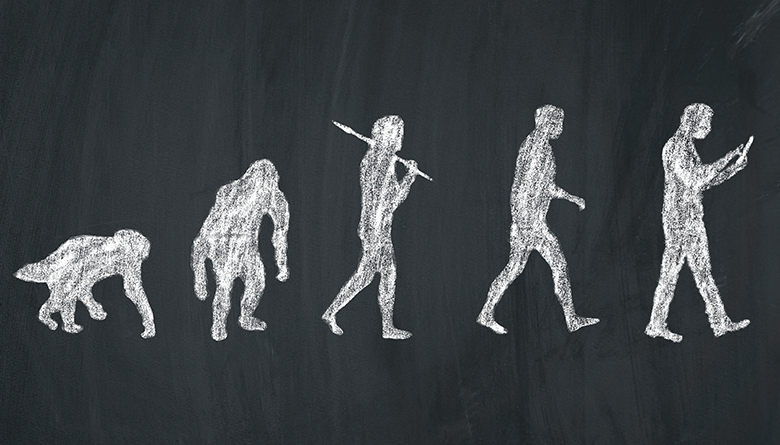By Mary Martialay
One of the best explanations I’ve ever heard about the relationship between DNA, protein, and sugars — more properly the genome, proteome, and glycome — came from Robert Linhardt, the Ann and John H. Broadbent, Jr. ’59 Senior Constellation Professor of Biocatalysis and Metabolic Engineering at Rensselaer Polytechnic Institute. It went something like this:
Imagine a subdivision where all the houses are built using the same blueprints. At first glance, the houses look the same, but when you go inside, each house is unique. Viewing biology through that lens, the blueprints are the genome, the building materials are the proteome, and the decorations — the furnishings, paint, and artwork — are the glycome, or sugars. The subdivision’s builders use the same blueprints for each house; there’s some variation in the materials, but the decorations give each house its own identity.
“I view most of the richness in biology as associated with the decorations, not the fundamental structures. Our genome is 99.9 percent the same as that of a chimpanzee,” said Linhardt. “But the proteomes are different, and the glycomes are massively different; at that level, you can clearly recognize us from another animal.”
Linhardt is internationally known for his research on the complex polysaccharide heparin — a major clinical blood thinner used to treat heart attacks and blood clots. While the central focus of his work is creating a safe alternative to a critical drug currently sourced from pig intestines, his mastery of heparin and other glycans makes him an invaluable collaborator on several other projects. For example, Linhardt has been working with other researchers to develop a trap that could be sprayed into the lungs or injected into the bloodstream to capture viruses like influenza, Dengue, or Zika. Another project has identified a type of sugar that is able to enter the brain during septic shock, which causes the memory loss and cognitive impairment known to afflict survivors of the life-threatening condition.
Currently, Linhardt and his collaborators are investigating glycolylneuraminic acid, a sialic acid molecule that is an excellent example of how the “richness of biology” can be traced back to sugar. “All other animals can make this sugar,” Linhardt said. “But at some point in the development of humanoids, our gene was truncated and we didn’t inherit the ability to make it.”
The impact of our inability to make this sugar is revealed by looking at the skulls of chimpanzee fetuses. Chimps are born with a fully formed skull plate, whereas human babies, who lack the sugar, are born with a soft spot in the top of their skull. The chimps consequently have a far more rigid skull, which limits the size of their brain. The more flexible human skull accommodates more brain growth.
Although the human body cannot synthesize glycolylneuraminic acid, it can be found in our bodies, assuming we eat meat. Animals like cows, pigs, and lambs contain large amounts of glycolylneuraminic acid, which is incorporated into our bones and teeth once consumed.
In earlier work, one of Linhardt’s collaborators found the sugar in a 50,000-year-old tooth of a bear. That discovery led them to postulate that glycolylneuraminic acid in the fossil record could tell us something about human evolution.
“It occurred to my colleague that we could start looking at fossils of humans, and we could start to differentiate where humans became humans,” Linhardt said. “We would see a point at which it would go from a high level and then largely disappear because, at that point, it would be present only to the extent that it was consumed.”
The team is currently in the process of obtaining samples from anthropologists for analysis.
“These are very interesting questions: Where did people begin?” Linhardt said. “A really fundamental question you can answer just by looking at the decorations of the house. If it’s decorated a certain way, it was human; if it’s decorated another way, it wasn’t human.”
The research may also point to other impacts from the loss of glycolylneuraminic acid, perhaps a role in some of the traits we associate with humans, like language, the ability to reason, and self-awareness.




